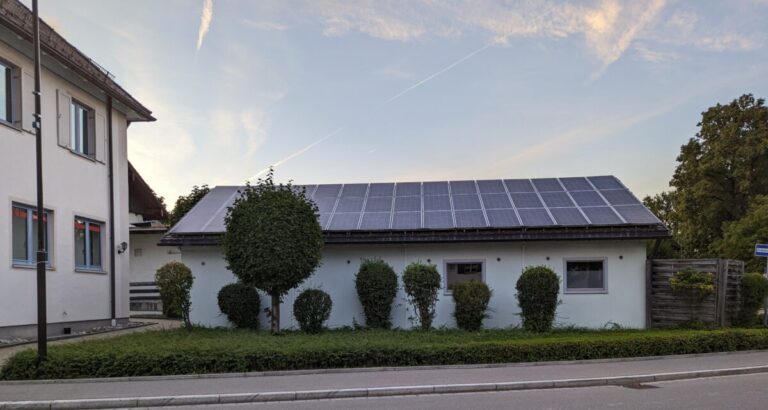New research from Germany shows that investing in residential PV remains an optimal choice, even if price advantages for electricity and natural gas are applied. The scientists quantified the savings achieved by PV systems between 2019 and 2022, when the COVID-19 crisis and the outbreak of war in Ukraine made prices on electricity markets extremely volatile.
Scientists from RWTH Aachen University have analyzed the impact that the political measures taken by the German government in recent years to combat rising energy prices have had on the profitability of residential PV systems and concluded that price reductions for electricity gas does not ‘reverse’ the economic consequences. advantage of installing solar panels.
In particular, the researchers analyzed the measures taken by the German authorities after the start of the COVID-19 crisis and those after the outbreak of war in Ukraine. Their analysis focused on the potential savings achieved through PV investments in single-family homes (SFH) over the period.
“For annual total system costs, we take into account annualized investments, fixed operating costs for maintenance and annual variable operating costs,” they explained, noting that a wide range of household types were considered. “A three-person household in a building stock built between 1979 and 1990 serves as a reference during the results analysis.”
The analysis found that the first factor that would reduce savings on PV systems between 2020 and 2021 was the planned gradual reduction in feed-in tariffs. Although the energy crisis caused by the war in Ukraine led to high electricity prices in 2022, savings were further reduced for those who decided to install a PV system due to higher panel prices.
“The downward trend will reverse for all households in 2023, although investment costs remain at high levels,” the group said. “The increase can be explained by higher electricity prices and the VAT exemption for PV from 2023 introduced by the German government. In addition, the abolition of the law that limits the feed-in of PV networks to 70% of the nominal power capacity increases feed-in profits.”
The research team highlighted that the average daily price in the intraday electricity market increased from €62.7 ($69.8)/MWh to €322/MW between 2019 and 2022. As a result, the German government has introduced a series of energy price cuts. For example, in 2023 it set fixed prices of €0.40/kWh for electricity and €0.12/kWh for natural gas for 80% of the previous year’s annual demand.
The analysis showed that PV installations were economically beneficial during the analyzed period.
It also turned out that the number of inhabitants is crucial for determining the savings that an owner of a PV system realizes. For example, a two-person household has €59–123 less annual savings than a three-person household, while a four-person household has higher savings than a three-person household by €65–135.
The researchers also found that while installing a battery could make PV system owners more independent of the grid and less vulnerable to sudden price increases, the profitability of solar-plus-storage solutions remains limited so far, the researchers said.
“As a future perspective, the 2030 projection indicates that a 9.4 kWh HSS in combination with solar PV is always expected to be economically less attractive than the fossil standard household,” they further explained. “Although investment costs for HSS are expected to decline substantially until 2030, electricity prices are also expected to decline.”
The analysis also indicated that investing in the combination of PV with a battery and a heat pump is economically less attractive than investing in a heat pump alone, although the hybridization of the three technologies is defined as a “feasible” solution to reduce grid dependence to reduce. “Nevertheless, for the typical three-person household, investing in solar energy and an air heat pump remains economically very beneficial, with a saving of €1,028 in 2023.”
Their findings were introduced in the study “Quantifying the benefits of renewable investments for German residential prosumers in times of volatile energy markets”, published in communication about nature.
“Overall, the results indicate that the picture will change substantially by 2030,” the academics concluded. “The cost savings and emissions reductions from PV systems are expected to decrease as the public grid continues to decarbonize. Therefore, a re-evaluation of incentive mechanisms should be carefully considered in the coming years as we strive for steady growth rates in residential solar.”
This content is copyrighted and may not be reused. If you would like to collaborate with us and reuse some of our content, please contact: editors@pv-magazine.com.


